Polyurethane makes for a nice, durable flooring option. However, if it is too shiny for your liking, can you dull it down? Let's take a look at your viable options.
There are different approaches you can take to fade out the polyurethane shine. You can rub the finish out by using the following:
- Fine Sand Paper
- Powdered Abrasives
- Scotch Brite-Pads
- Polish
- Wipe-On Varnish
Using these methods, you can get the polyurethane to take on a more matte finish. This article will discuss each of these options to help you decide which to choose. In addition, we will answer other frequent questions about polyurethane, so read on!
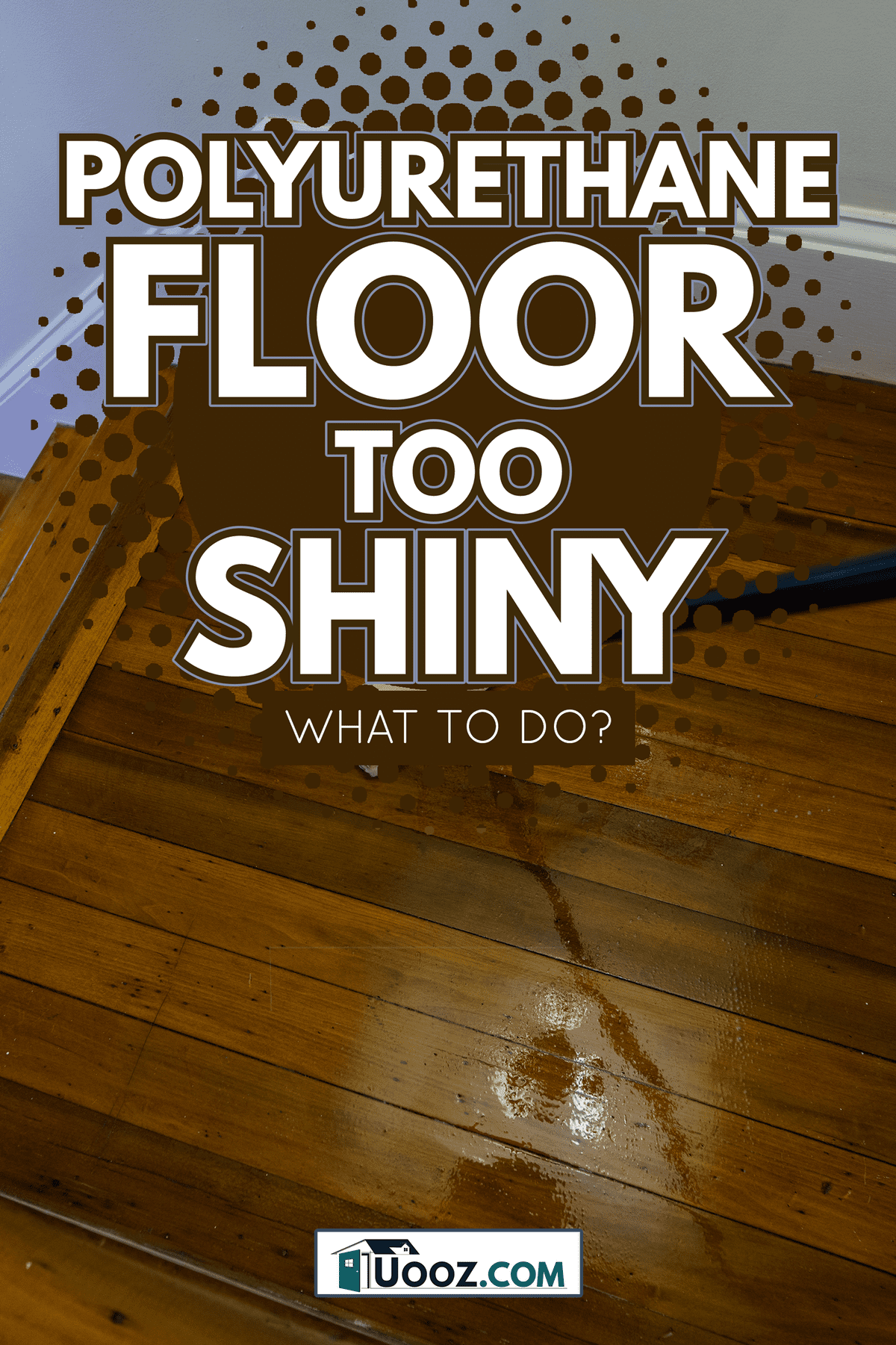
Why is polyurethane shiny?
Polyurethane is a synthetic resin that is often used as a flooring finish. It is made up of two components: a diisocyanate and a polyol. When these two are mixed, they react and form the polyurethane polymer. This polymer is what gives the finish its shine.
When doing a home project that involves polyurethane, you may notice that it is gleaming when first applied. This is because the floor finish has a high liquid content. However, as the polyurethane dries, the shine will become less noticeable.
However, if you used a polyurethane with a gloss level that is too high for your liking, you can take steps to dull it down. Let's look at five methods you can use to do this.
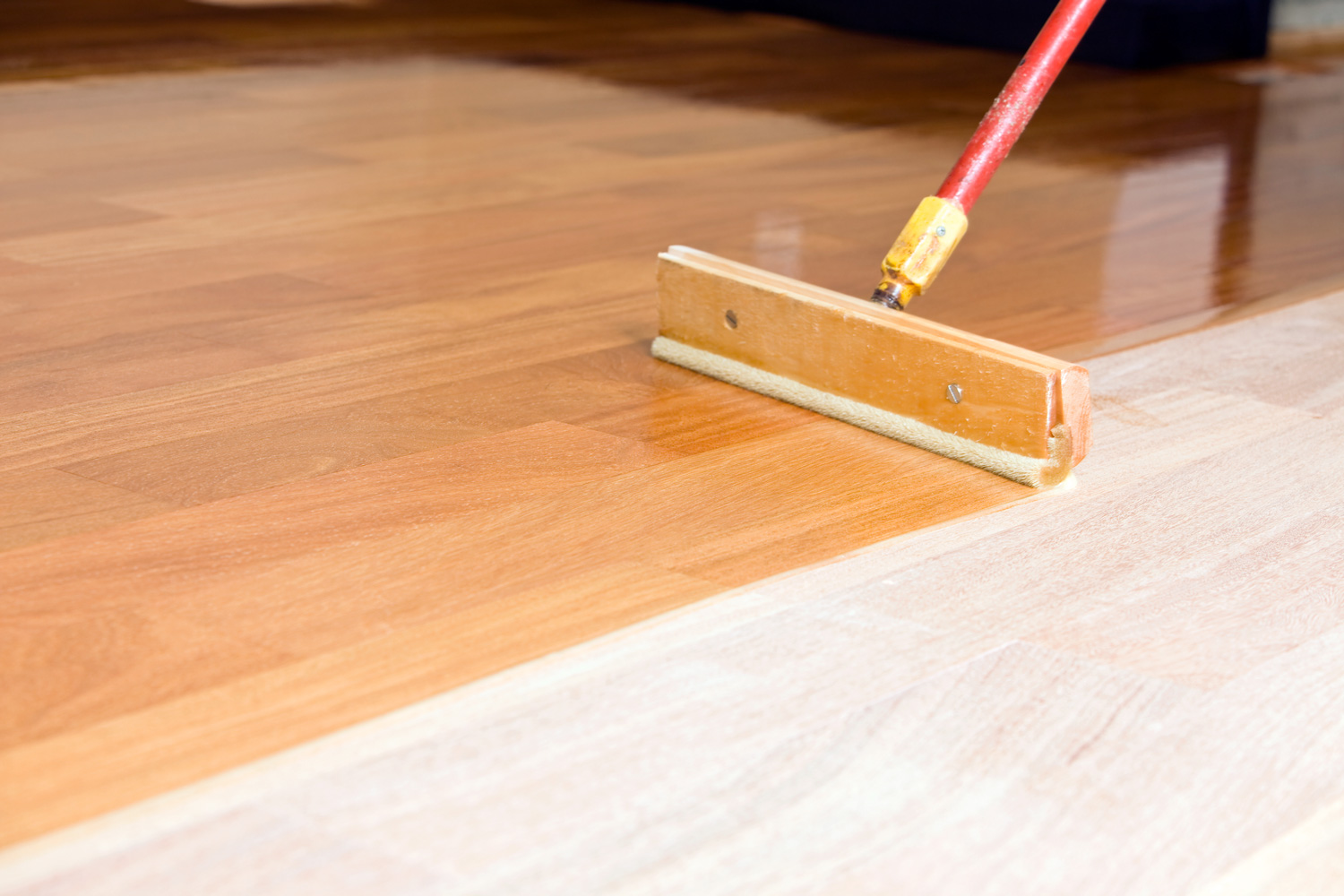
Fine Sand Paper
One way to dull the shine of polyurethane is by sanding it down with fine sandpaper [400 grit]. This will help remove some of the top layers of the finish and give it a more matte appearance.
Powdered Abrasives
Another way to dull the shine of polyurethane is by using powdered abrasives. This can be done by mixing the powder with a little water to form a paste. Then, apply it to the finish and rub it with a cloth or sponge.
Scotch Brite-Pads
If you don't want to deal with sanding or using abrasives, you can try Scotch Brite-pads. These are available at most hardware stores, and they come in a variety of colors, including gray, green, and white.
Polish
You can also use polish to dull the shine of polyurethane. This can be done by applying it to a cloth and then rubbing it into the finish.
Wipe-On Varnish
If you want a more subtle way to dull the shine of polyurethane, you can try using wipe-on varnish. This is a type of finish that is available at most hardware stores. It is a water-based product that can be used to dull the shine of polyurethane without affecting the color.
Now that you know how to dull the shine of polyurethane, let's look at some frequently asked questions.
How do you fix sticky polyurethane?
If your polyurethane is sticky, it is probably because it was not adequately mixed. When mixing polyurethane, mix it thoroughly to distribute the two components evenly. You can also add a few mineral spirits to the mixture to help thin it out.
In addition, paint thinner can be used to remove any excess polyurethane that is on the surface. Just apply it to a cloth and rub it into the sticky areas.
If your polyurethane is still sticky after trying these methods, you may need to add more resin to the mixture. However, be sure to test this on a small area first, as adding too much resin can cause the finish to become brittle.
How do you get rid of bubbles in polyurethane?
If you see bubbles in your polyurethane finish, it is likely because the surface was not properly prepared. Before applying the polyurethane, clean the surface and remove any dust or dirt. You can also use a primer to help the polyurethane adhere to the surface.
In addition, you can try using a different type of applicator. For example, if you use a sponge brush, try using a roller or horsetail brush instead. This will help to avoid any air pockets from forming.
If you still see bubbles after trying these methods, you can try popping them with a needle and then sanding down the area with a fine-grit rating.
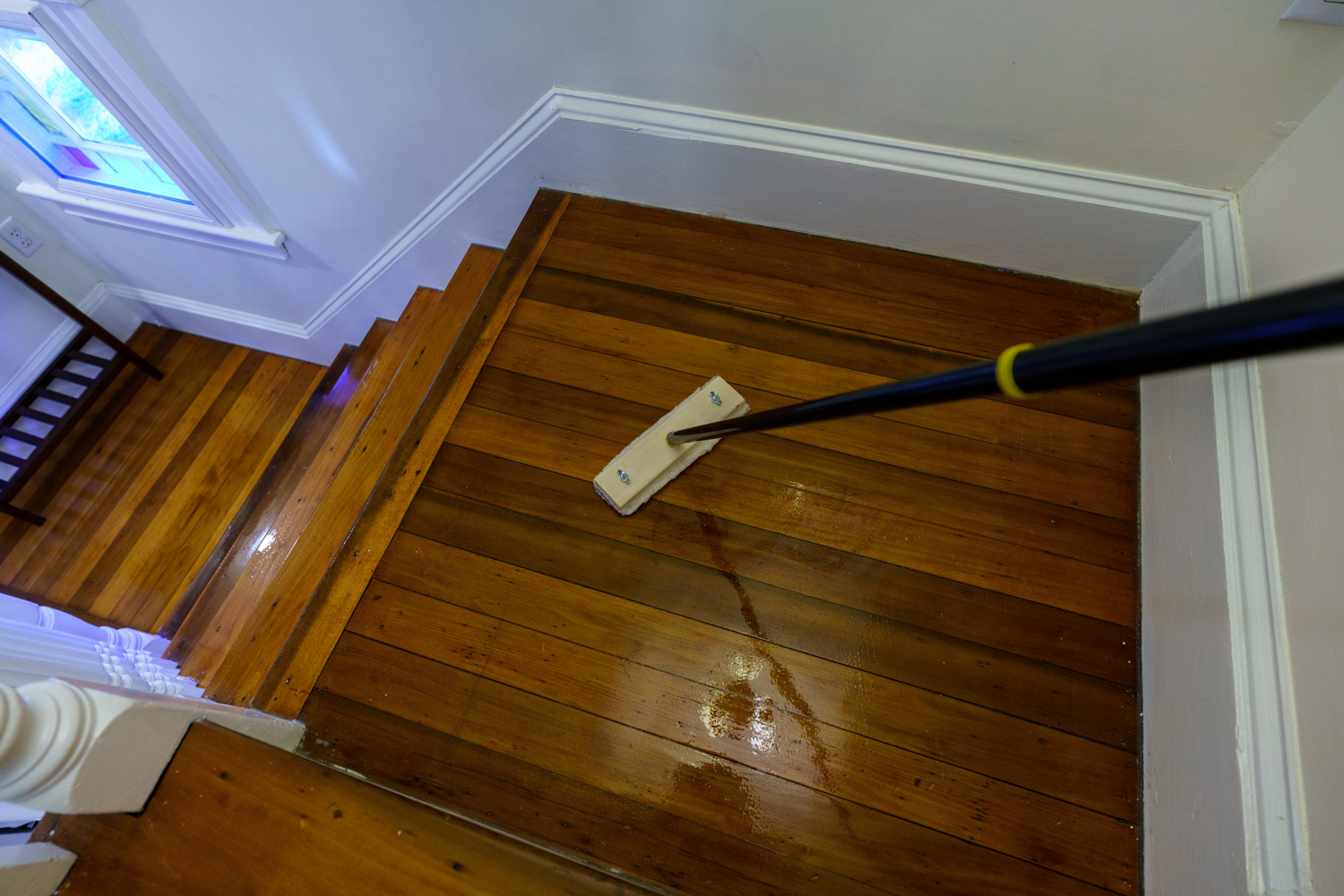
How do you remove polyurethane?
If you want to remove polyurethane from a surface, you can try using a paint stripper. Just apply it to the surface and let it sit for a few minutes. Then, use a brush or scraper to remove the polyurethane.
In addition, you can try using a heat gun. Just hold the heat gun about six inches away from the surface and move it back and forth. The heat will help to loosen the polyurethane so that it can be easily removed.
You can also try using a chemical stripper. This is a more aggressive method, but it will remove the polyurethane. Just follow the instructions carefully and wear the appropriate safety gear.
How do you fix a polyurethane finish that is dull?
If your polyurethane finish is dull, it may be because it was not applied properly. Be sure to mix the polyurethane thoroughly and use it in thin coats. In addition, be sure to sand the surface before applying the polyurethane.
You can also try using a different type of primer. A primer will help the polyurethane adhere to the surface, and it will also help make the finish smoother.
If your polyurethane is still dull after trying these methods, you may need to add more finish to the mixture. However, be sure to test this on a small area first, as adding too much finish can make the surface look cloudy.
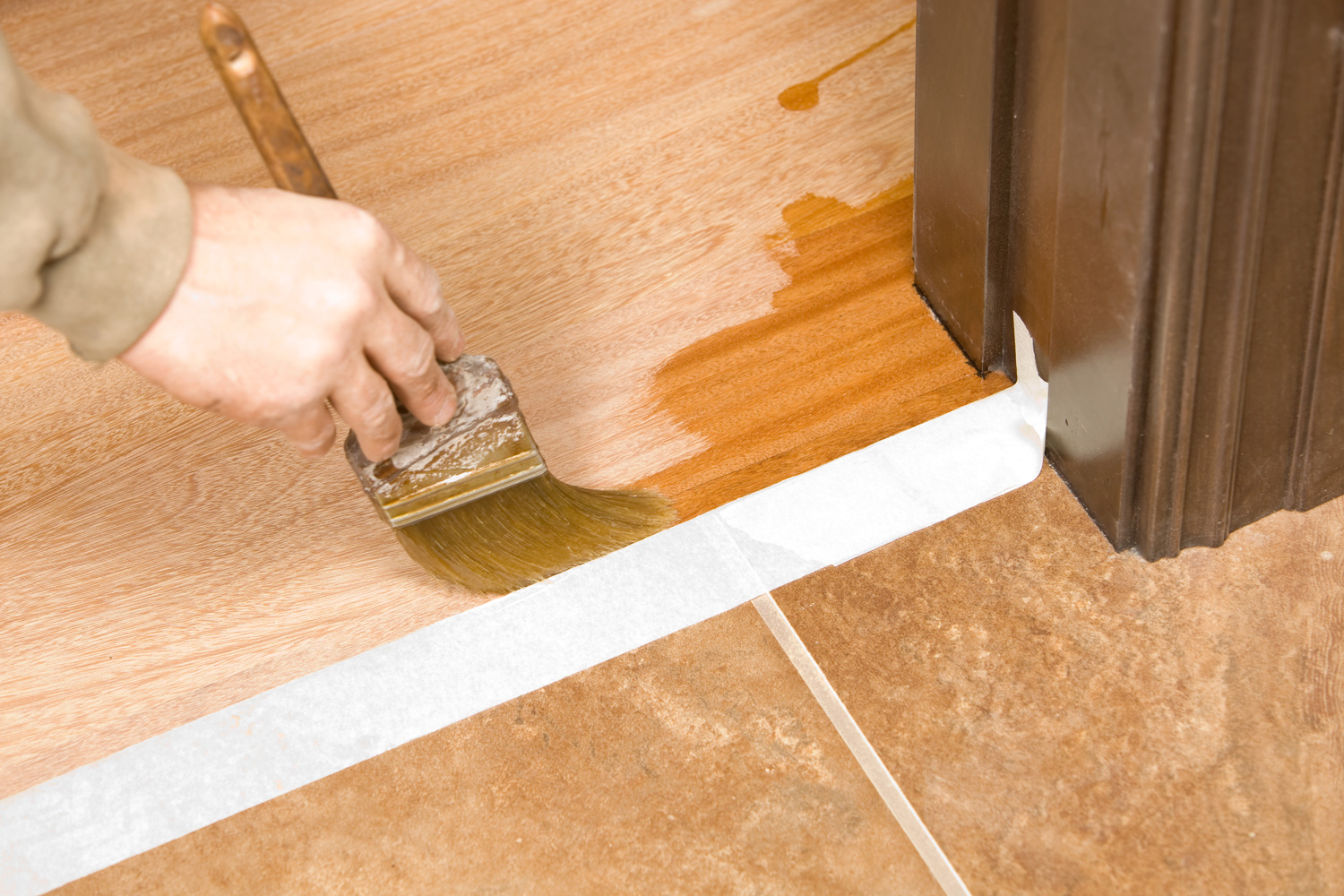
Is polyurethane toxic?
Uncured polyurethane is toxic, so it is important to avoid breathing in the fumes. In addition, it is essential to wear safety gear when using polyurethane, including a respirator and goggles. Cured polyurethane is not toxic.
These are some of the most common questions that people have about polyurethane. If you have any other questions, ask your local hardware store or professional painter.
When applying uncured polyurethane, it is important to wear safety gear, including a respirator and goggles. If you are starting to get lightheaded or react to the fumes, it is time to take a break.
Is polyurethane rubber or plastic?
Polyurethane is a type of plastic. It is made by combining two different types of plastics, which is why it is so durable. However, the elastomeric plastics include rubber which helps to make the polyurethane more flexible.
Polyurethane was invented in 1937, and since then, it has been used in a wide variety of applications. It can be found in everything from furniture to cars and boats. In addition, polyurethane is used in various construction applications, including roofing, insulation, and concrete.
What are the benefits of polyurethane?
Polyurethane is a very versatile material with a wide range of benefits. It is durable, flexible, and has a variety of uses. In addition, polyurethane is relatively easy to work with and can be applied in various ways.
One of the main benefits of polyurethane is its durability. It can withstand any wear and tear and is resistant to most chemicals. It is also flexible, which means that it can be used in various applications.
In addition, polyurethane is relatively easy to work with. It can be applied in various ways, and it cures quickly. This makes it a popular choice for a variety of projects.
What are the drawbacks of polyurethane?
While there are several benefits of polyurethane, there are some drawbacks. Let's take a look at them below:
Poor thermal capability
Polyurethane is not a good conductor of heat, which means that it does not dissipate heat well. This can be an issue in applications where high temperatures are involved.
Poor weather resistance
Poor weather resistance means that polyurethane has a tough time resisting the elements. As a result, it can become brittle in cold weather and melt in hot weather.
Attacked by most solvents
Polyurethane is attacked by most solvents, which means that it can be easily damaged. This includes chemicals, oils, and even water.
Utilize toxic isocyanates
Isocyanates are a key ingredient in the making of polyurethane, and they are known to be toxic. If they are not handled properly, they can cause health problems.
Flammable
Polyurethane is flammable, which means that it can easily catch on fire. This can be a problem in applications with a risk of fire.
These are some of the main drawbacks of polyurethane. Be sure to consider them before using this material in your project.
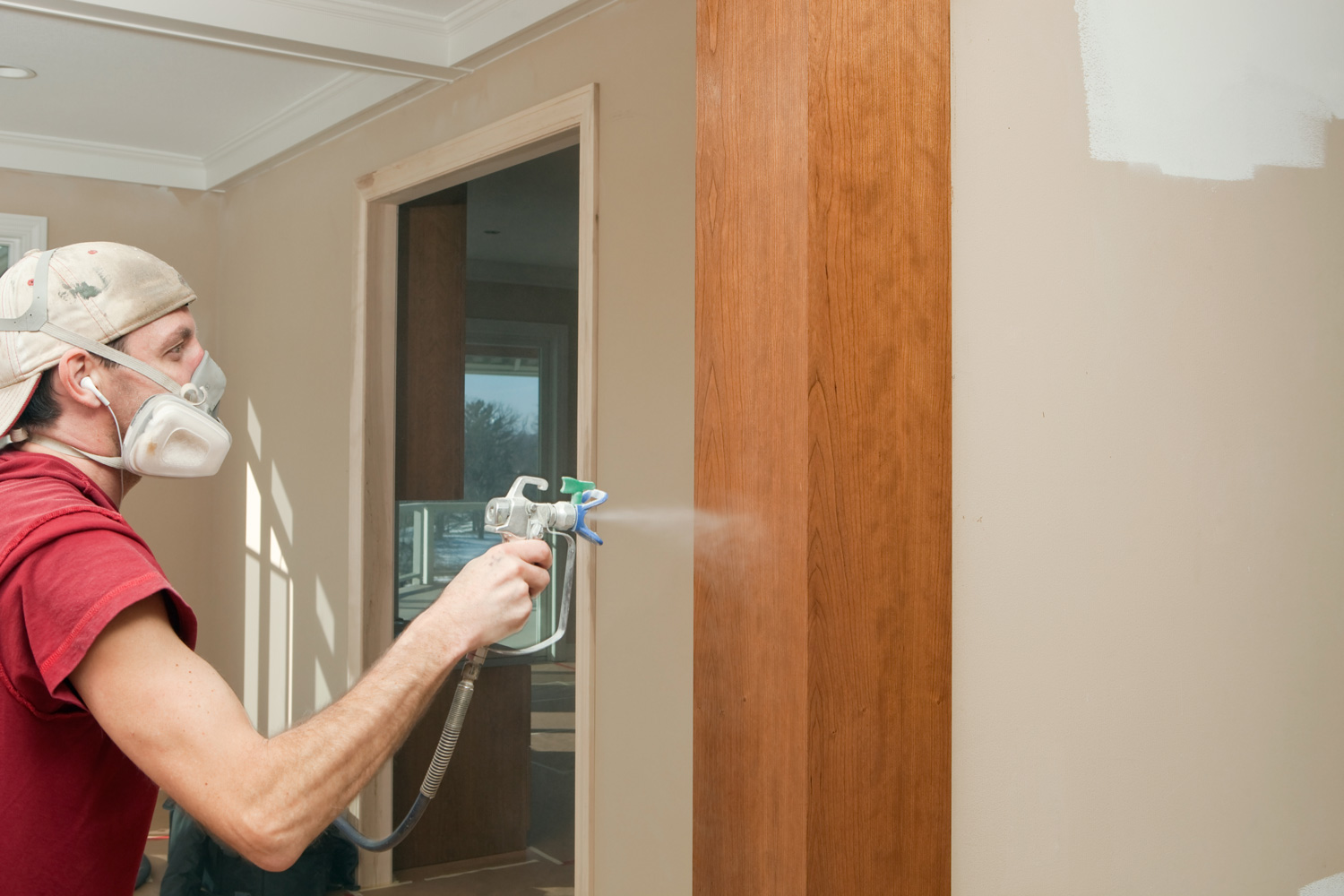
Final Thoughts
Polyurethane is a very versatile material with a wide range of benefits. It is durable, flexible, and has a variety of uses. In addition, polyurethane is relatively easy to work with and can be applied in various ways. If you apply polyurethane with too much shine, you can dull it down using a satin or matte finish.
Thanks for reading! Here are a few more articles that you might find helpful:
What's The Best Polyurethane For Countertops?
